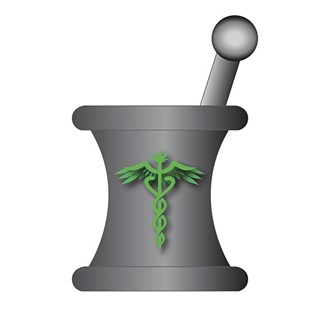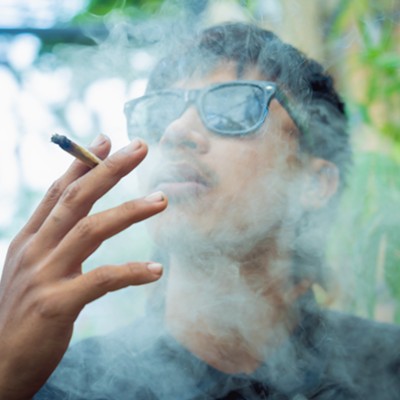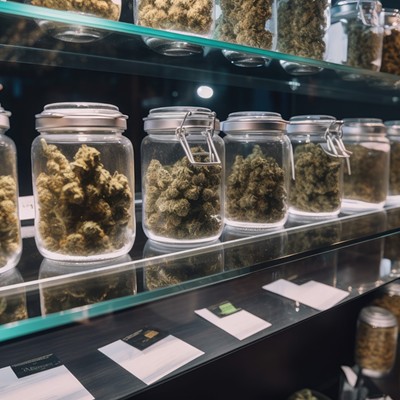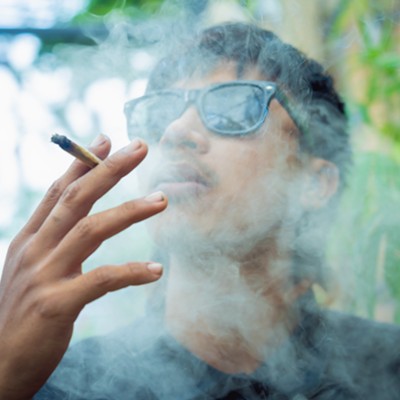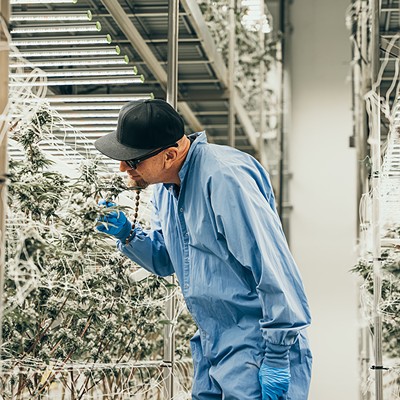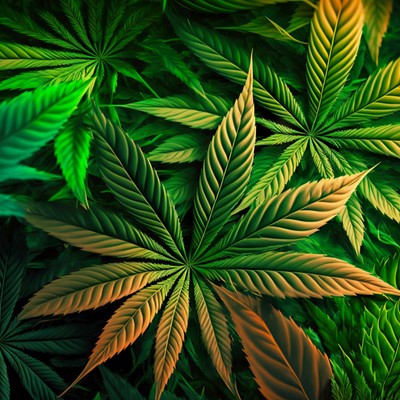The ever-shifting sands of the Arizona medical-marijuana scene continue to send grit and dust under my door.
Last month, masked gunmen robbed a caregiver of his plants, a few thousand dollars in cash, a phone and a gun. Police swooped in and quickly arrested the home-invaders, though one remains on the loose. (See "Good Cops," Medical MJ, March 29.) The incident raises some questions about who can grow where and how.
It looks like the police may have passed up an opportunity to arrest the owners of the seemingly legal operation. The house was legit under state law—but it was apparently not under local ordinances. Pima County zoning rules—the home invasion was outside of the city—allow caregivers in a very limited number of places: They have to be 1,000 feet from any school, day-care center, church or park. The same rules apply in the city.
But the home in question—in the 11200 block of East Holster Drive—is right around the corner from Agua Caliente Elementary School. I haven't taken a measuring tape to the scene, but it's pretty close to 1,000 feet from the school. Dunno if the Sheriff's Department measured it.
In addition, the owners of the house need to get a conditional-use permit, which requires a public hearing and notification of neighbors within a half-mile. So far, no one has applied for a permit.
I'm not sure what to make of that. It seems to me that these folks deserve privacy—especially since they could be targeted by home-invaders. But I also think neighbors have some right to know, too. Maybe there is some middle ground. It seems safe enough to tell people there is a grow house near them, but should they know exactly where it is? I think not. Protecting the growers from real danger seems more important than protecting neighbors from a vague nonthreat presented by simply having a grow house near them.
Arresting the illegal growers is no easy task. State Health Services Director Will Humble cited a quirk in the Medical Marijuana Act that blocks cities and counties that want to step on illegal growers. The state maintains a registry of patients and caregivers—but the list is secret. Statewide as of April 5, there were 20,709 patients authorized to grow, and 1,504 caregivers—each authorized to grow up to 12 plants for up to five patients, plus themselves.
"We're not allowed to disclose who the patients are and where they live, nor who the caregivers are and where they live," Humble told KOLD Channel 13 recently.
Ultimately, all of this is a moot point: Starting this summer, when dispensaries open, most of the caregiver-cultivation sites will be illegal. The law allows them to grow for patients if the patient lives more than 25 miles from a dispensary. It seems likely that there will be few legal caregiver-growers in the city after that: A 25-mile radius from the center of town stretches east into Saguaro National Park, south to Green Valley, north to Catalina and well past Sandario Road to the west. The no-grow zone will likely be much bigger, because a city map of approved dispensary sites shows dozens of potential spots stretching all across the city.
Whether the caregiver-growers will still be there after they're illegal remains to be seen. Unfortunately, I think they will be, and police will find them. Look for an old scenario to return—cops busting grow houses, not protecting them. Let's hope the growers close up shop this summer. If they don't, the reputation of the legitimate medical-marijuana community will suffer.
It's bad enough that people already hate us—we don't need fuel on the fire from illegal growers.

